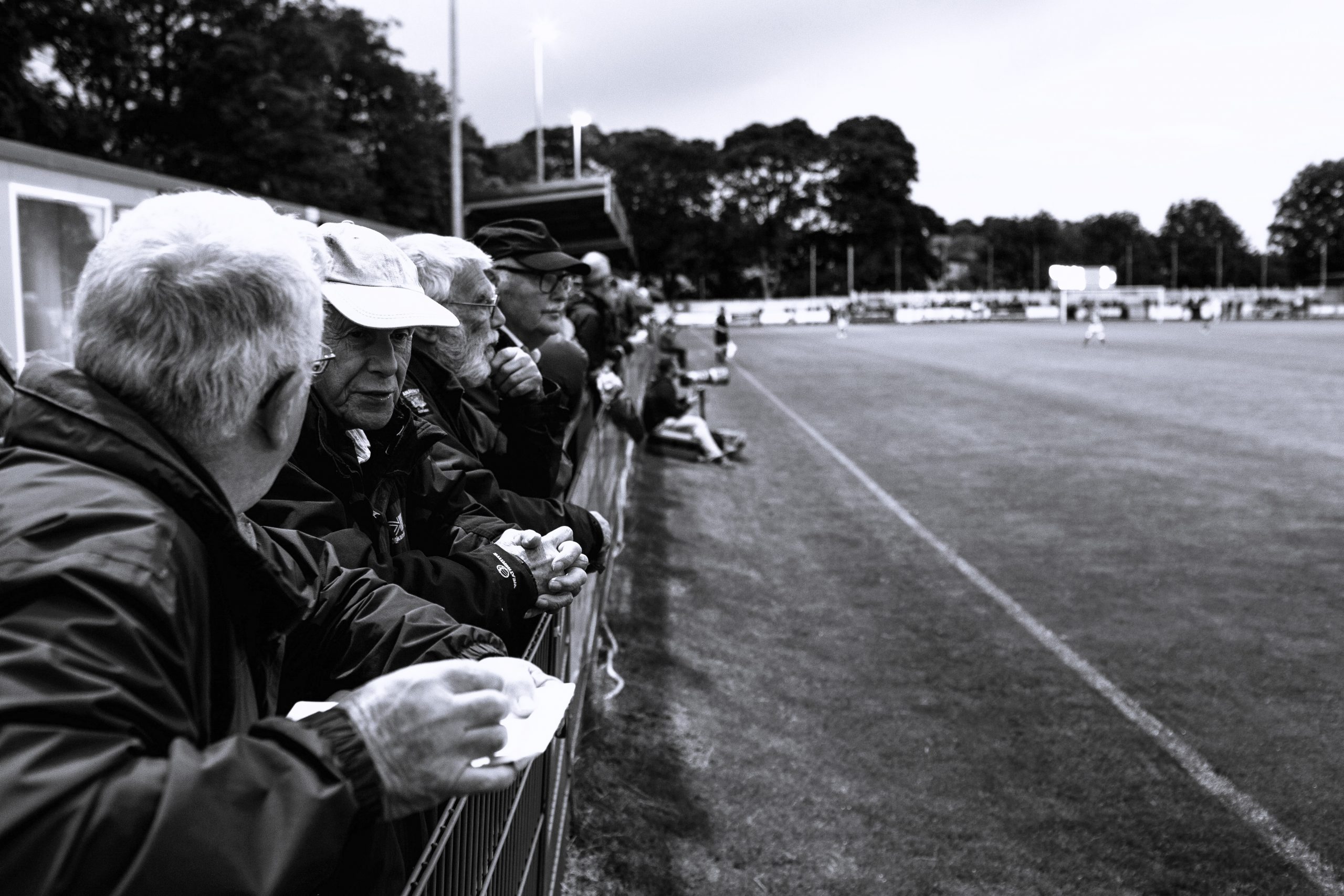There has been so much talk about the proposed new football regulator and anxious debate about exactly what he, she or it should or shouldn’t be responsible for that it is easy to forget why all this started.
The 1980’s aren’t always a useful reference point for anything but in this case they are. Back then all of football was governed by the FA including the professional game, where it exercised considerable influence. The Football League operated the four divisions of pro football. All this seems, in retrospect, to have been a remarkably sensible governance structure, despite the many operational weaknesses of the actual governing bodies at the time. Who could fault a system with one single governing body looking after professional football and able to take decisions in the interests of the pro game as a whole, overseen by a governing body looking out for the wider interests of the national game?
Compare and contrast with today’s organisation. In the 80’s the four pro divisions were called Division 1 to Division 4, a perhaps somewhat unimaginative but certainly a very self-explanatory nomenclature. Today we have rather silly names, born of governing bodies not talking to each other. So ‘League 1’ is actually League 3; ‘League 2’, is actually League 4 and ‘The Championship’ is a pretentious name for what is merely the second division. Silly.
Furthermore we now have three different governing bodies running professional football in England. Since the 1980’s there have of course been major changes in the financing of football due essentially to subscription TV. The massive increase in funds coming into the game have trickled down the pyramid to such an extent that there are now some 130 professional clubs (in the sense of employing full-time playing squads) compared to only 92 in 1980. The creation of the Premier League in 1992 to promote the interests of the top clubs and the slow development of the National League as a professional ‘division 5’ of the pyramid have created a sandwich with the Football League in between, running the three divisions in the middle. It is a pig’s breakfast of a governance model, where each league argues and fights for its own member clubs’ interests and ignores policy and strategy which might be in the interests of football in England as a whole. This was traditionally the remit of the FA but that body has been emasculated to such an extent that, although it continues to do a valuable job in running grassroots football and in administering infrastructure grants to clubs, its work with professional football and the England team seems to be a continuous struggle from one self-made crisis to another. It has neither relevance nor power to govern either the Premier League or the Football League.
All this means that the Premier League, who have been highly successful in increasing their clubs’ revenues over the years, have no governing body. They rule themselves. They decide unilaterally how much of the broadcast revenues they should share with the other leagues in order to keep the uniquely competitive football pyramid competitive and vibrant. Other clubs in other divisions hold their hands out for hand-outs. They have no say. This leads to second tier clubs becoming so desperate to reach the privileged and greedy, golden lands of the Premier League that their owners will stack up losses and risk everything in order to get promoted, which of course only three of them can every season. Many of the Championship clubs are now technically insolvent. It is a model for disaster. The ultimate display of selfishness amongst top flight clubs, indifferent to the traditions and values of English football and to the importance of football clubs to supporters up and down the country, came recently when the top clubs were discovered plotting to create a European Super League, which would have destroyed the structure and financial strength of the football pyramid for every other club.

Recent months have shown that if left to their own devices The Premier League and The Football League are simply unable and unwilling to agree a new share-out of broadcast income to satisfy both organisations. Meanwhile the new kid on the block, the National League, divison 5, is treated like a third class citizen and ignored. Its funding is derisory and neither of the two other bodies takes it seriously. Its governance is amateurish and its mishandling of funding during Covid showed clearly that its board cannot be trusted. Each director of each club on the board of each governing body thinks for itself and not for the wider good. Take two recommendations from Tracey Crouch’s Fan Led Review of 2022 for example. Firstly the promotion and relegation issue. It would be logical for each professional division to have consistent rules on this. But no. From division four, sorry League 2, four clubs are promoted to division 3, sorry League 1, every season. But from division 5, sorry the National League, only two clubs can be promoted. This is illogical and grossly inconsistent. But as the Football League don’t take the National League seriously and no over-riding governing body exists to bring order to bear, nothing changes. Secondly the Fan Led Review recommended that 3G pitches be allowed in division 4, improving the absurd situation today whereby a club in division 5 eligible for promotion to division 4 has to rip up its pristine 3G pitch in order to be promoted. This comes at great cost and causes wastage. There is no grace period to allow for removal, say, after three years. Despite the Crouch report recommendation nothing is done because Football League clubs will not accept change and no governing body exists to oblige them to. There are many other examples of where self-centred decision-making prevents sensible decisions being made across the game as a whole.
The football world and its millions of supporters, for whom football clubs are a huge part of their lives, deserve a new governing body to bring its warring factions together and to create a composite football environment where the whole is greater than a jumbled mess of parts.
This article was originally published in The Property Chronicle Spring 2025 issue.








